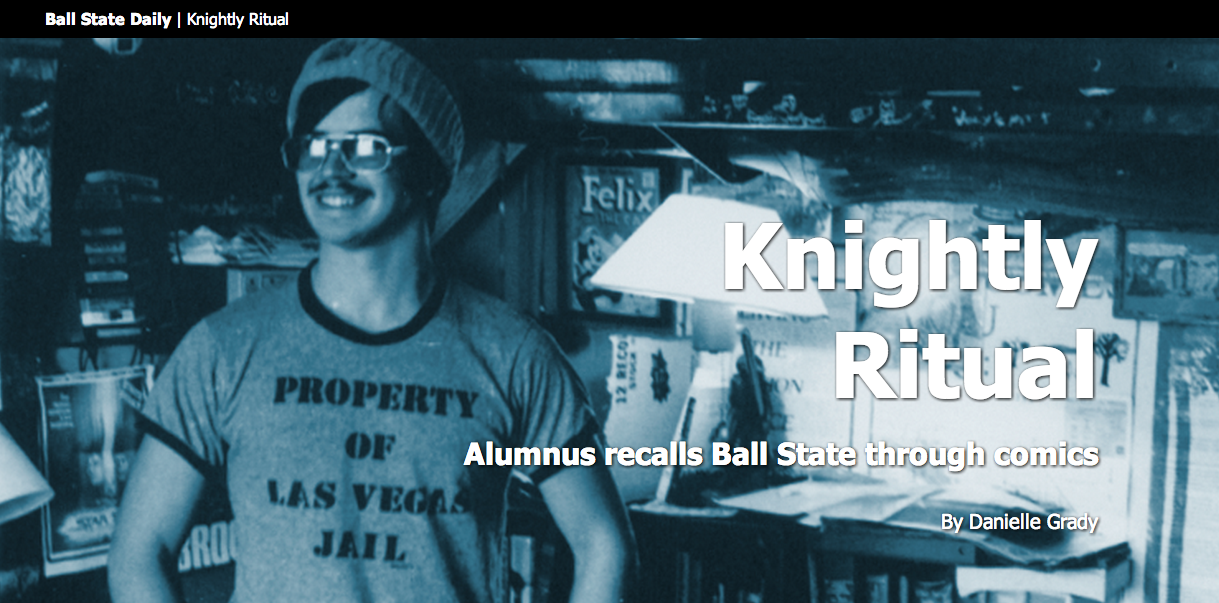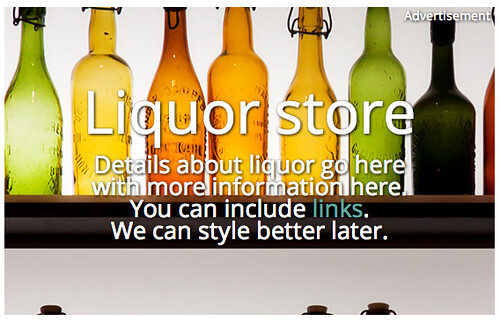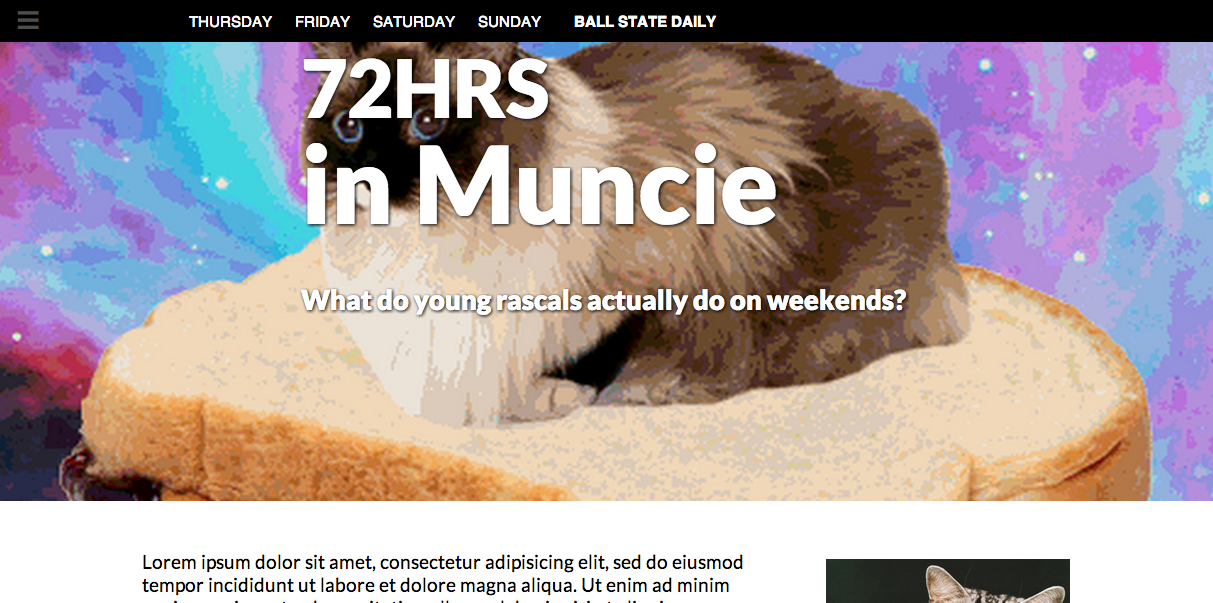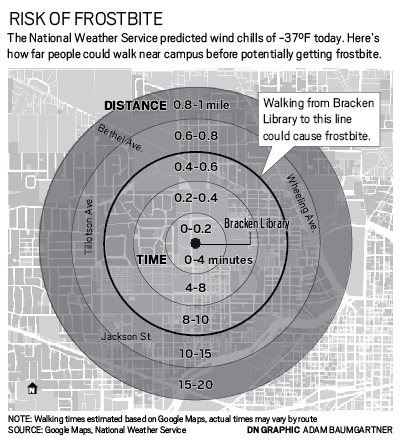John Niedermeyer
At SND 2014 in Frankfurt, Germany, I had the opportunity to sit down with John Niedermeyer of The New York Times. Niedermeyer is deputy director of digital news design and works on pieces like the Invisible Child series.
Here are a few of my favorite moments from the interview. To read the whole Q&A, visit SND's website.
---
AB: You’ve spoken a lot about bringing a digital mindset to the workplace. That’s a struggle at a lot of journalism schools, too. I know the Times partnered with Indiana University to create an iteration of NYT Now. That said, what do you think journalism schools should be doing to prepare designers, reporters, or even developers for the modern and changing newsroom environment.
JN: I know there’s this idea that, “Oh, you’ve got to learn HTML and you’ve got to work Photoshop and do it all,” if you want to be an online editor or producer, if you want to start your career that way.
"I think those skills are important, but they might be overvalued."
I think those things help, especially if you’re working at a smaller place where you have an opportunity to wear many hats like that if you can cobble something together and get it up on the site.
I think those skills are important, but they might be overvalued. I think the things you learn in journalism school around judgment, basic writing skills are very useful.
---
AB: How reusable are the projects that you build? A huge thing that people are concerned about is scaleability. … Has any of this been templated, or has any of this influenced tools in other parts of the newsroom?
JN: Yeah, I mean, the graphics group, the design group and the interactive news technology group, those are the three big groups of developers and designers in the newsroom. We’re all in GitHub. We have a private Git repository. So a lot of times, a project will come up fast on deadline, and we’ll know, “Oh, this could take the form of this other thing so-and-so did two weeks ago.”
I wish we got better about documenting those things or collecting them in a way that someone who hasn’t worked there for seven years would know how to find them, and so they know that they could just clone that project. That would get them a start or 70 percent the way there. …
We make use of tools like Google Spreadsheets to be able to give someone who isn’t a technical person an editing process so they can hit publish, spit out a JSON file that we can consume and use for a presentation.
A couple of folks in my team and in graphics came up with what we’re calling a photo essay template, which, with the support of a spreadsheet, allows us to spin up a very quick and dirty photo essay with text and large photos. It’s outside of the article template at the moment, but it’s a tool that helps with those pieces that will hopefully someday be available inside of the CMS.
---
AB: This one is maybe a little more delicate. What are your thoughts on the Times’ innovation report, especially given your work in the digital realm.
JN: A lot of us in the digital world, I think, were nodding along as we read this thing.
There also were things written into it that were rhetorical devices. The document was intended to jar us out of our complacency, and say, “No, look, this is happening. You can’t just say you’re the New York Times and everything will take care of itself.”
So, the thing I’m really excited to have come out of it is, we have an audience development person, Alex MacCallum, who has been placed in the masthead and who has been placed in charge of getting to know our readers better and is helping us figure out how to give them what they went and what they need and how best to do that.
I like that.
I think we’ve made progress on the sort of ushering everything to the print Sunday schedule. I think we’ve made progress getting stuff up earlier in the week when I think people are at their desks and maybe looking for something to read.
"That takes a massive sort of technology investment that is also happening right now."
I think we’re doing a lot on the technology side of stuff that isn’t readily available to readers right now, but it’s stuff that is connecting threads behind the scenes that is related content.
It’s hard for us to get readers more coverage. If they’re interested in a story about Syria or Iraq, how do I tease out the right things from the archive that would help illuminate that for the reader?
That takes a massive sort of technology investment that is also happening right now.
Eventually, once this is complete, we’ll be better able to suggest those sort of things to readers, either because they’re related to what they’re reading, or because there’s a personalization angle.
If you like opinion, maybe there’s a way we can put more of that in front of you without losing the editorial judgment that something like our homepage or A1 brings.
We never want to lose that, but there has to be more for our readers. They’re coming from so many different countries, different cities, they’re wanting different things. We have such a breadth of coverage that we just need to figure out technologically how to help them get there.
Read the whole Q&A here.



